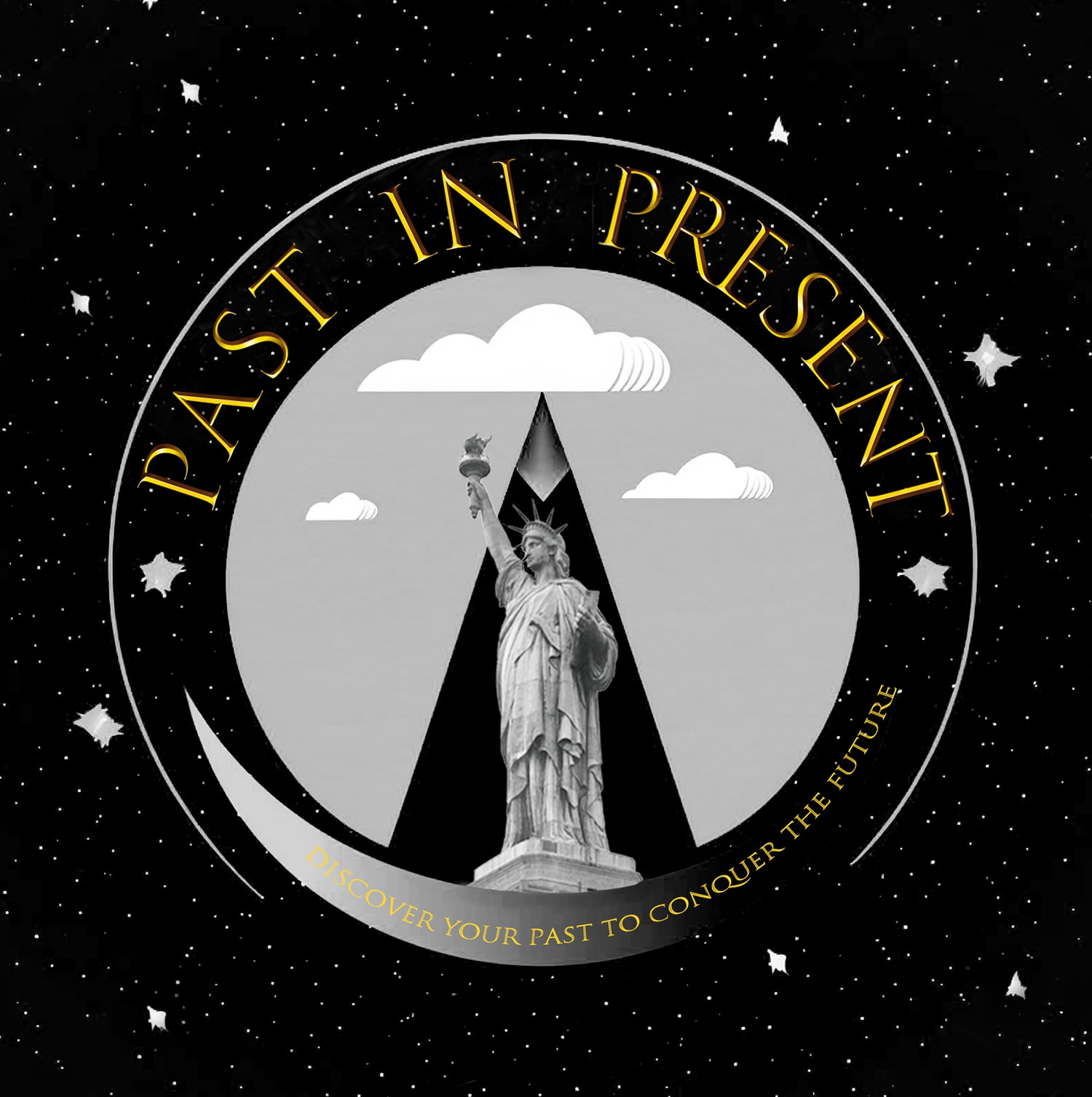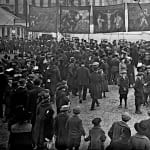 “Give All You Can” NYC Bryant Park War Benefit Carnival Airplane Stunt , 1918. Watermarks do not appear on actual artwork.
“Give All You Can” NYC Bryant Park War Benefit Carnival Airplane Stunt , 1918. Watermarks do not appear on actual artwork.
 “Give All You Can” NYC Bryant Park War Benefit Carnival Airplane Stunt , 1918. Watermarks do not appear on actual artwork.
“Give All You Can” NYC Bryant Park War Benefit Carnival Airplane Stunt , 1918. Watermarks do not appear on actual artwork.
 “Give All You Can” NYC Bryant Park War Benefit Carnival Airplane Stunt , 1918. Watermarks do not appear on actual artwork.
“Give All You Can” NYC Bryant Park War Benefit Carnival Airplane Stunt , 1918. Watermarks do not appear on actual artwork.
 “Give All You Can” NYC Bryant Park War Benefit Carnival Airplane Stunt , 1918. Watermarks do not appear on actual artwork.
“Give All You Can” NYC Bryant Park War Benefit Carnival Airplane Stunt , 1918. Watermarks do not appear on actual artwork.
 “Give All You Can” NYC Bryant Park War Benefit Carnival Airplane Stunt , 1918. Watermarks do not appear on actual artwork.
“Give All You Can” NYC Bryant Park War Benefit Carnival Airplane Stunt , 1918. Watermarks do not appear on actual artwork.
 Original vintage glass camera negative is hand-cleaned and digitally restored — a process requiring days or weeks of precision work to preserve the authenticity of the original image. (not for sale, display only.)
Original vintage glass camera negative is hand-cleaned and digitally restored — a process requiring days or weeks of precision work to preserve the authenticity of the original image. (not for sale, display only.)
“Give All You Can” NYC Bryant Park War Benefit Carnival Airplane Stunt , 1918
Further images
After researching this image, we came up with following information:
This event was certainly World War One Benefit Drive with many signs present “Give All You Can” and many men in military uniforms seen in the crowd.
“Built By Peter Clark” sign attached to a marvelous structure that represented event main attraction. Peter Clark’s creation sounds like an impressive and innovative mechanical design for the time. The apparatus was a car with a metal tower that supported a rotating arm, which in turn held a model airplane capable of fitting a person must have been a remarkable sight, akin to a carousel but with an aviation twist. This setup would have been ideal for drawing attention during outdoor events and fundraising drives, such as a World War I benefit, and would fit seamlessly into a circus-like atmosphere with tents and performances. The idea of using such an eye-catching contraption for a war benefit in 1918 highlights the era’s blend of showmanship and patriotic fervor. This type of exhibition would likely have drawn significant public interest, showcasing engineering skill and supporting war relief efforts.
The name “Thomas Martin Maher” displayed on a tent in background center during the 1918 event likely refers to Martin “Marty” Maher, a notable figure at the United States Military Academy at West Point. An Irish immigrant, Maher began his career at West Point in 1898 as a civilian employee and later enlisted in the U.S. Army, serving as an athletic instructor and rising to the rank of Master Sergeant. His dedication spanned over 50 years, during which he became a beloved mentor to generations of cadets. His life story was later depicted in the 1955 film The Long Gray Line, directed by John Ford and starring Tyrone Power as Maher. Given Maher’s prominence and the timing of the event in 1918, it’s plausible that the tent bearing his name was part of a World War I benefit drive, possibly honoring his contributions to military training and morale. Such events often featured notable military figures to inspire and rally public support for the war effort.
At last, if anyone has additional information about this event, please share with us.










